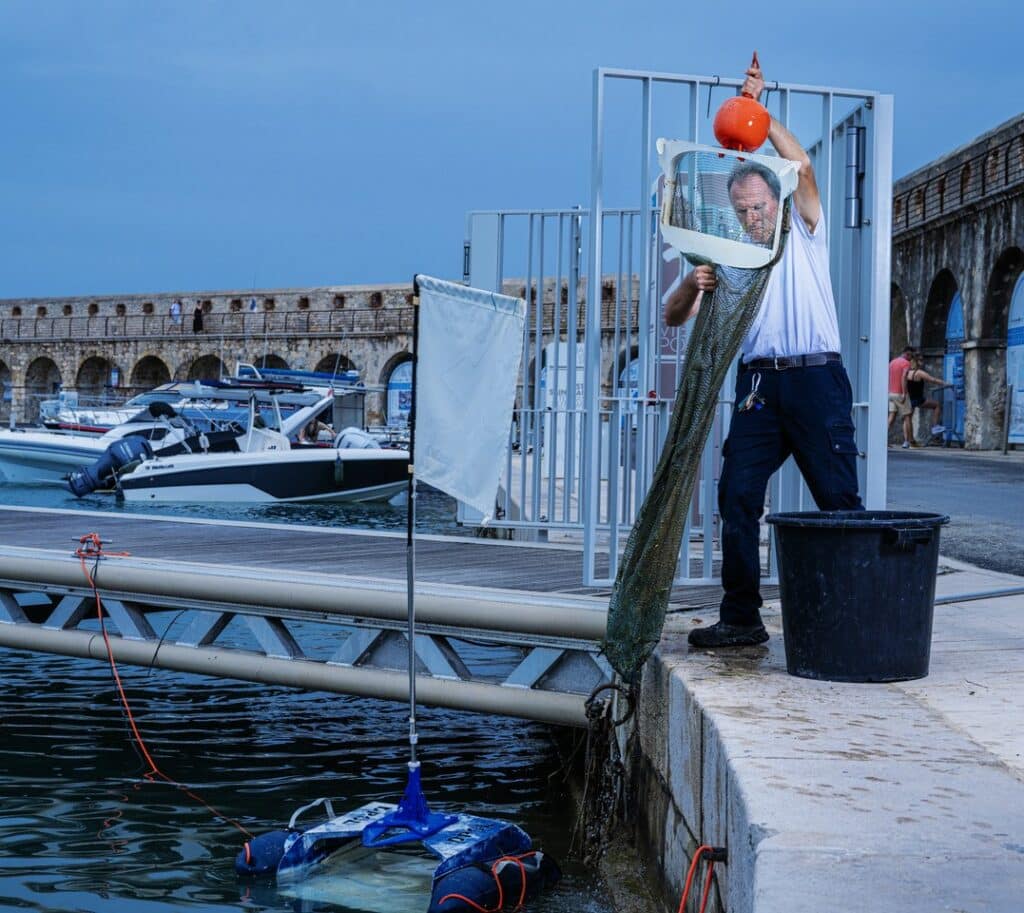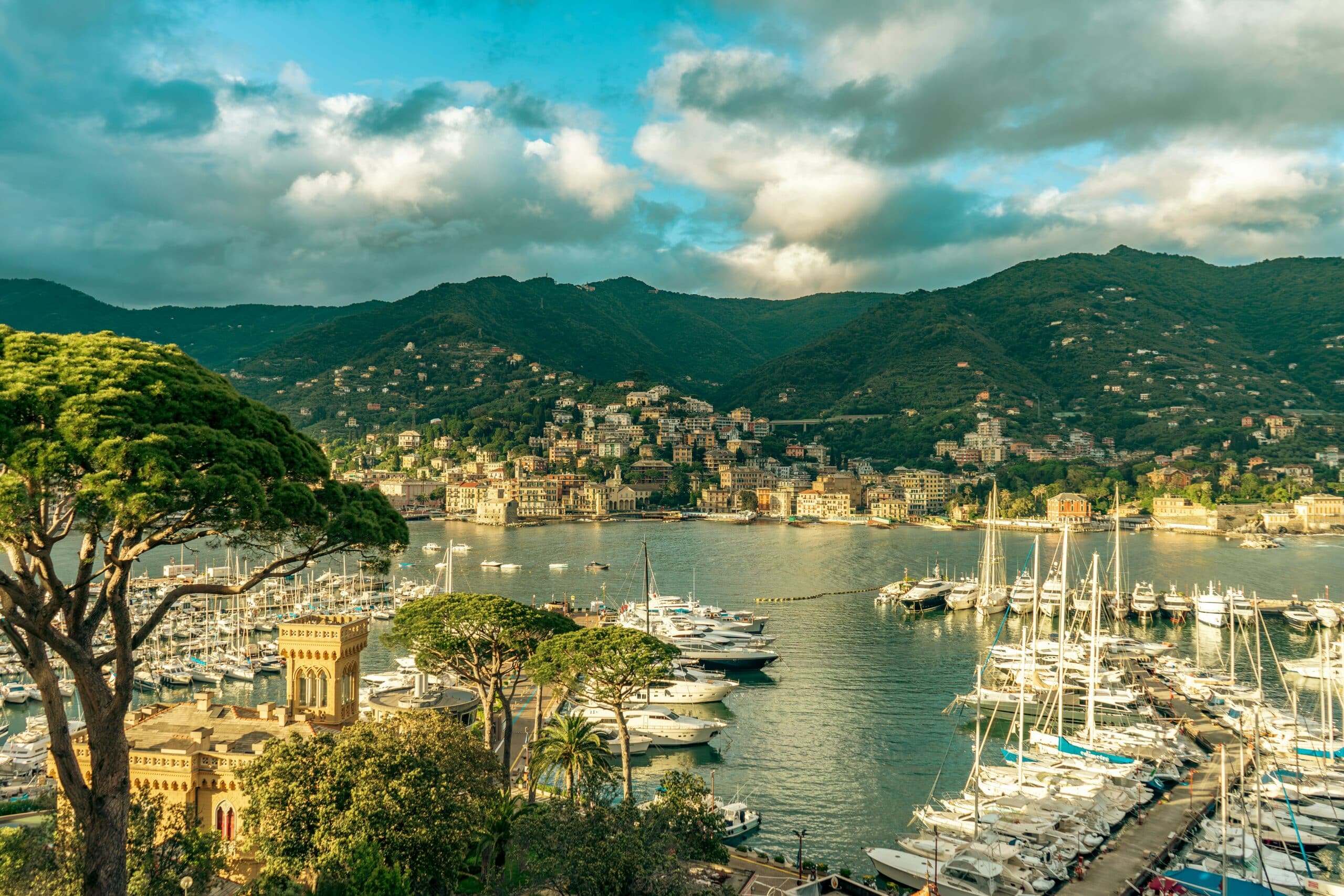The Mediterranean is one of the biggest tourist hubs in the world, and approximately 1,700 superyachts set sail for the region every year. Since yachts spend the majority of their time in port, marinas play a key role in the environmental sustainability of the sector. Not only can they reduce emissions at berth, but they can also actively influence the behaviour of yacht owners, captains, and crews.
Among the ports stepping up to this responsibility is Port Vauban in Antibes. As one of the largest marinas in the Mediterranean, it is now recognised as a pioneer in sustainable marina management. We spoke to Marion Lefevre, Environment Manager at Port Vauban, about how sustainability is increasingly central to the port’s vision and operations.
Building a Culture of Sustainability
At Port Vauban, a culture of environmental responsibility is intentionally and actively cultivated. Environmental policies have been well received so far.
“Overall, yacht owners and captains have responded positively to our environmental policies,” the team explains. “There’s a growing awareness among them about the challenges facing our oceans, and many recognize the importance of adopting more sustainable practices. We frequently receive support and encouragement from captains who are personally committed to implementing eco-friendly measures on board.”
“That said, there is room for improvement. Despite having dedicated waste sorting and recycling facilities, we still encounter issues such as incorrect sorting, improper packaging, and waste being placed in the wrong bins”. This highlights that sustainability is an ongoing effort. “It requires consistent communication, education, and active engagement from everyone who uses the port.”
To encourage better habits, Port Vauban emphasizes dialogue. “At Port Vauban, we strongly believe that meaningful change begins with open dialogue,” they note. “We maintain ongoing communication with yacht owners, captains, and crew members to encourage the adoption of sustainable practices. This happens through both formal channels, such as our informational materials, and through direct, personal interactions with our dockside teams.” These daily exchanges are key to building trust and fostering a shared commitment to environmental responsibility.
Greening Operations at the Berth
One of the key ways Port Vauban is reducing its emissions is by targeting energy use while yachts are moored. The port offers electricity plug loans, which helps limit the reliance on onboard generators and reduces emissions. It has also invested in charging stations for electric vehicles and is exploring how to support innovative refuelling technologies, such as liquid hydrogen.
In 2024, the port upgraded its quayside infrastructure with a new wastewater pumping system, making it easier for yachts to dispose of waste responsibly and directly from onboard. That same year, it also introduced a ship-washing station using desalinated water, helping to conserve freshwater.
These improvements reflect an understanding that sustainability goes beyond emissions. It includes water conservation, waste management, and improved port services that make doing the right thing the easy choice.
Science-Backed Action
Port Vauban’s commitment to measurable impact is evident in its focus on certifications and data monitoring. “Certifications play a vital role in setting industry standards and ensuring that environmental actions are both credible and measurable.”
The port was among the first marinas to obtain ISO 18725, the international voluntary standard for “Clean Harbours and Active Biodiversity Harbours,” the only international environmental certification specifically designed for marinas. This recognition underscores our commitment to sustainability and biodiversity protection at every level of our operations.
Vauban also measures water quality as part of its environmental policy. “Yes, we’ve observed a clear improvement in water quality since the implementation of our enhanced environmental measures.” Regular analyses have shown increasingly positive results, both in terms of chemical parameters and biodiversity indicators. “Beyond the scientific data, the visual appearance of the water has also improved significantly, an encouraging and visible sign of the effectiveness of the actions we’ve taken.”
Despite improvements, water quality remains a top priority. “Water quality can still be affected during periods of heavy rainfall or storms, which may carry pollutants into the harbor. Continuous monitoring and adaptive management remain essential to maintaining these gains.”





